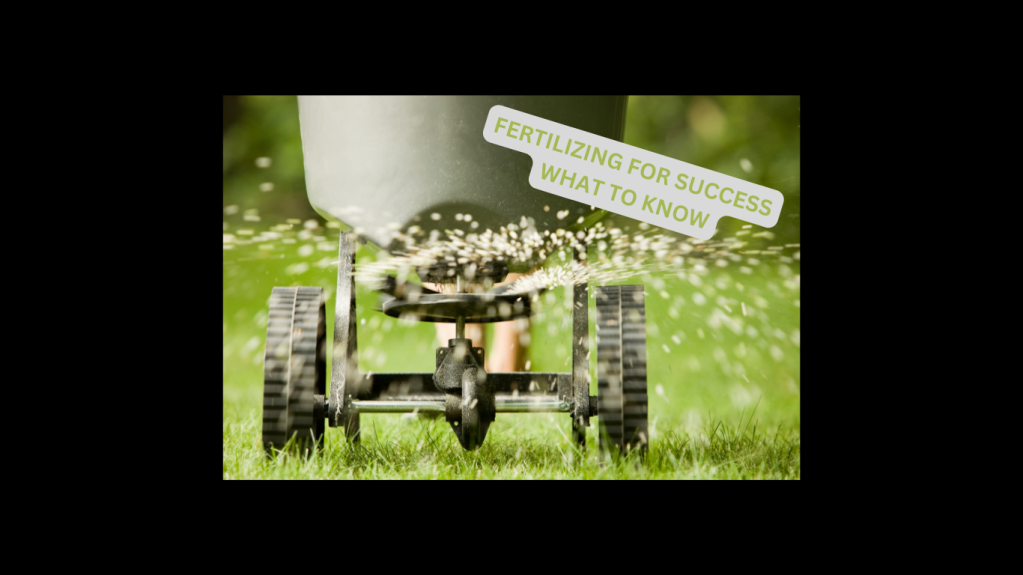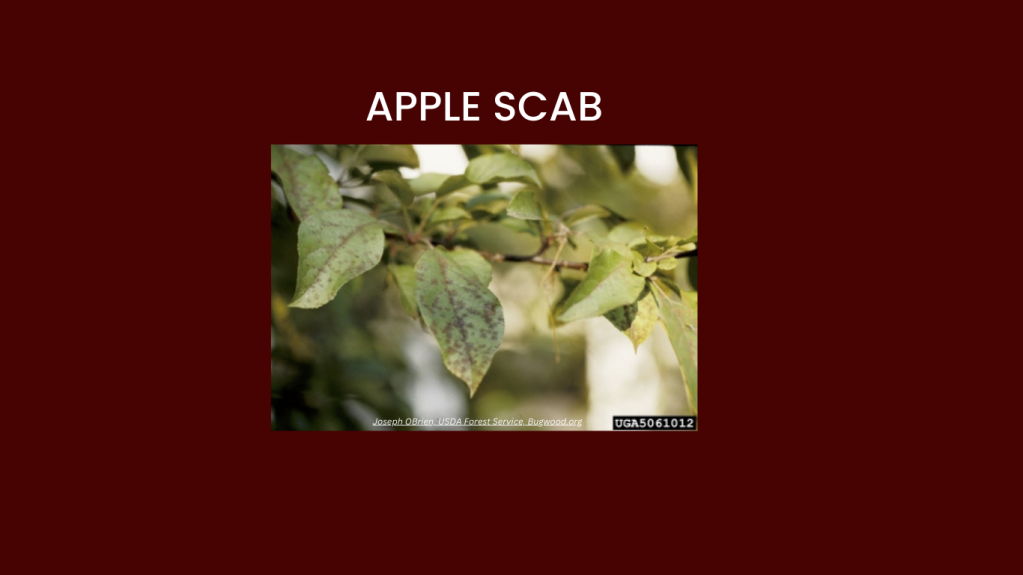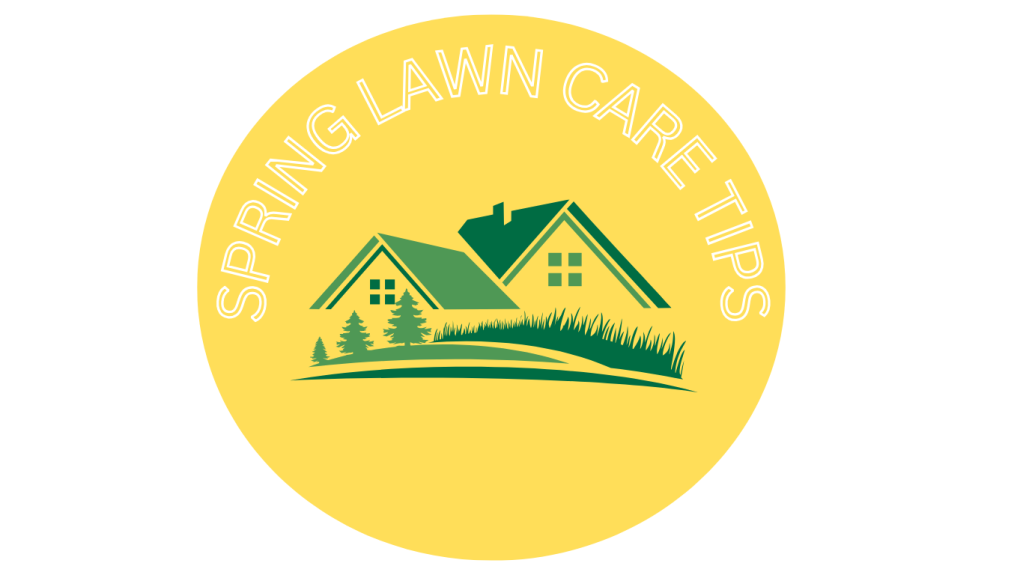Rock salt is a common solution to deicing our roadways, sidewalks and other paths we use for travel during our cold winter season. So far, this season has been no exception. Homeowners may notice salt damage going into the next growing season, usually plants will exhibit discoloration/browning of the leaf of the plant (particularly on the side that faces the road, drive or sidewalk).
What the home owner can do:
Plan your landscape accordingly
If you will have plants abutting your drive or sidewalk, try to pick species that are less susceptible to salt damage (Sumac, Bayberry, Maple, Hawthorne, Ginko, Callery Pear, some species of Oaks, White Fir, Horse Chestnut, Blue Spruce, Gray Poplar). Boxwoods are highly susceptible to salt damage.
Burlap
During late fall, wrap your susceptible plants that are near a roadway with burlap. This will help prevent salt spray from trucks and passing cars reach the leaf of the plant.
Watering
Water your landscaped plants deeply at the end of the season and beginning of the season. This will help keep the soil hydrated & allow leaching to occur. For added protection, you may apply gypsum to aid in the leaching or carbon-based products to help neutralize the effects.






Leave a comment